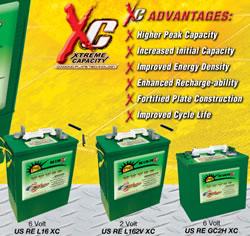Making Biofuel a Cost-Effective, Renewable Source of Energy
SunPower Embraces Drones and Robots to Help Evolve Its Solar Farms
Berkeley Lab Study
Continued Reductions in Wind Energy Costs
Solar on Houses Needed for 2020 Target
IREC's National 3iAwards Presented For Innovation, Ingenuity & Inspiration in Clean Energy
Siemens to build offshore wind project with innovative foundations and cable systems
Industry praises bipartisan Governors' Wind and Solar Energy Coalition for seeking U.S. agencies' help to site wind projects
Think Wind Power Is Cheap Now? Wait Until 2030
Think Wind Power Is Cheap Now? Wait Until 2030
China's Solar Panel Glut Undermines Its Agreement with the EU
China's Solar Panel Glut Undermines Its Agreement with the EU
Silicon Carbide (SiC) Inverter Technology Increases Efficiency to 99%
Silicon Carbide (SiC) Inverter Technology Increases Efficiency to 99%
Ecosse Subsea Systems Completes �£5m Race Bank Wind Farm Project
New technology puts solar power to work all night long
Records 3991 to 4005 of 40126
First | Previous | Next | Last
Featured Product

